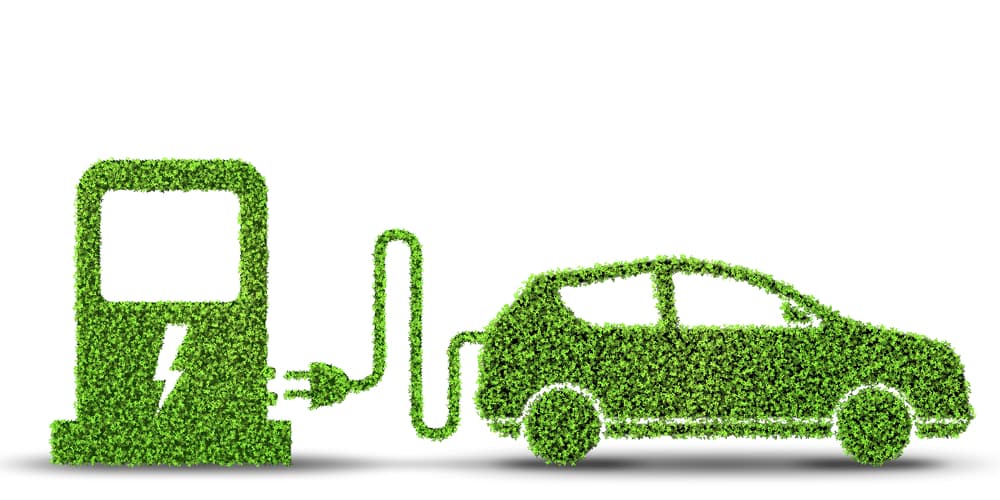Loading News Article...
We're loading the full news article for you. This includes the article content, images, author information, and related articles.
We're loading the full news article for you. This includes the article content, images, author information, and related articles.
Are electric cars really as green as they’re made out to be? This article takes a clear-eyed look at the environmental impact of EVs, from the source of the electricity used to charge them to the environmental cost of manufacturing their batteries.

Nairobi, Kenya – Electric vehicles (EVs) often get billed as the ultimate climate solution for our roads. The reality? It’s a bit more nuanced. Let’s unpack the true environmental story behind going electric—and what it means for Kenya.
EVs boast zero tailpipe emissions, but the total carbon footprint hinges on how electricity is generated:
🔌 Fossil-fuel–heavy grid (e.g., coal, diesel): Charging can still drive up CO₂ emissions.
🌞 Mixed grid (Kenya’s current mix of hydro, geothermal, thermal): Studies show EVs outpace petrol cars in lifetime emissions even on mixed grids—often by 20–50%.
🌍 Greening the grid: As Kenya expands geothermal and solar capacity, each kWh used by an EV becomes cleaner and greener.
Pro Tip: Charging your EV during off-peak hours (overnight) helps tap into cleaner baseload power and reduces strain on the grid.
EV batteries require minerals like lithium, cobalt, and nickel—and mining has an environmental toll:
⛏️ Extraction impacts: Habitat disruption, water use, and emissions from heavy machinery.
🔄 Recycling advances: New processes recover up to 95% of usable materials, cutting down on fresh mining and lowering the overall footprint.
🌐 Innovation on the horizon: Solid-state batteries and alternative chemistries aim to reduce reliance on scarce or problematic minerals.
Local Opportunity: Kenya’s emerging battery-recycling sector could eventually create jobs and keep valuable materials in circulation.
When comparing full life cycles—from factory floor to scrap yard—EVs typically come out ahead:
|
Emission Phase |
Petrol Car |
EV (on mixed grid) |
|---|---|---|
|
Manufacturing |
Standard auto production footprint |
~20–30% higher (battery production) |
|
Energy Use |
2.3 kg CO₂ per liter of petrol burned |
~0.5 kg CO₂ per kWh of grid electricity |
|
Total (over 200,000 km) |
Baseline |
20–50% lower total emissions |
Insight: Even with a higher “sticker-shock” footprint at birth, an EV’s clean energy diet quickly offsets its manufacturing impact.
🚫 Zero tailpipe smog: No NOₓ, no particulate matter—critical for congested Nairobi streets.
👃 Health gains: Fewer respiratory issues and safer air for schoolchildren in high-traffic zones.
🌳 Urban livability: Cleaner air supports better public health outcomes and can lower healthcare costs.
Grid Decarbonization
Ramp up geothermal and solar to shrink EV charging emissions further.
Recycling Infrastructure
Invest in local battery-recycling plants to capture minerals and reduce import dependencies.
Smart Charging Policies
Incentivize off-peak and renewable-powered charging stations.
Public Awareness
Educate drivers on lifecycle impacts, not just tailpipe stats.
Bottom Line: EVs aren’t a perfect silver bullet, but they’re a powerful step toward lower-carbon transport—especially as Kenya’s energy mix goes greener and battery tech continues to advance.
Keep the conversation in one place—threads here stay linked to the story and in the forums.
Other hot threads
E-sports and Gaming Community in Kenya
Active 6 months ago
Popular Recreational Activities Across Counties
Active 6 months ago
Investing in Youth Sports Development Programs
Active 6 months ago
The Role of Technology in Modern Agriculture (AgriTech)
Active 6 months ago